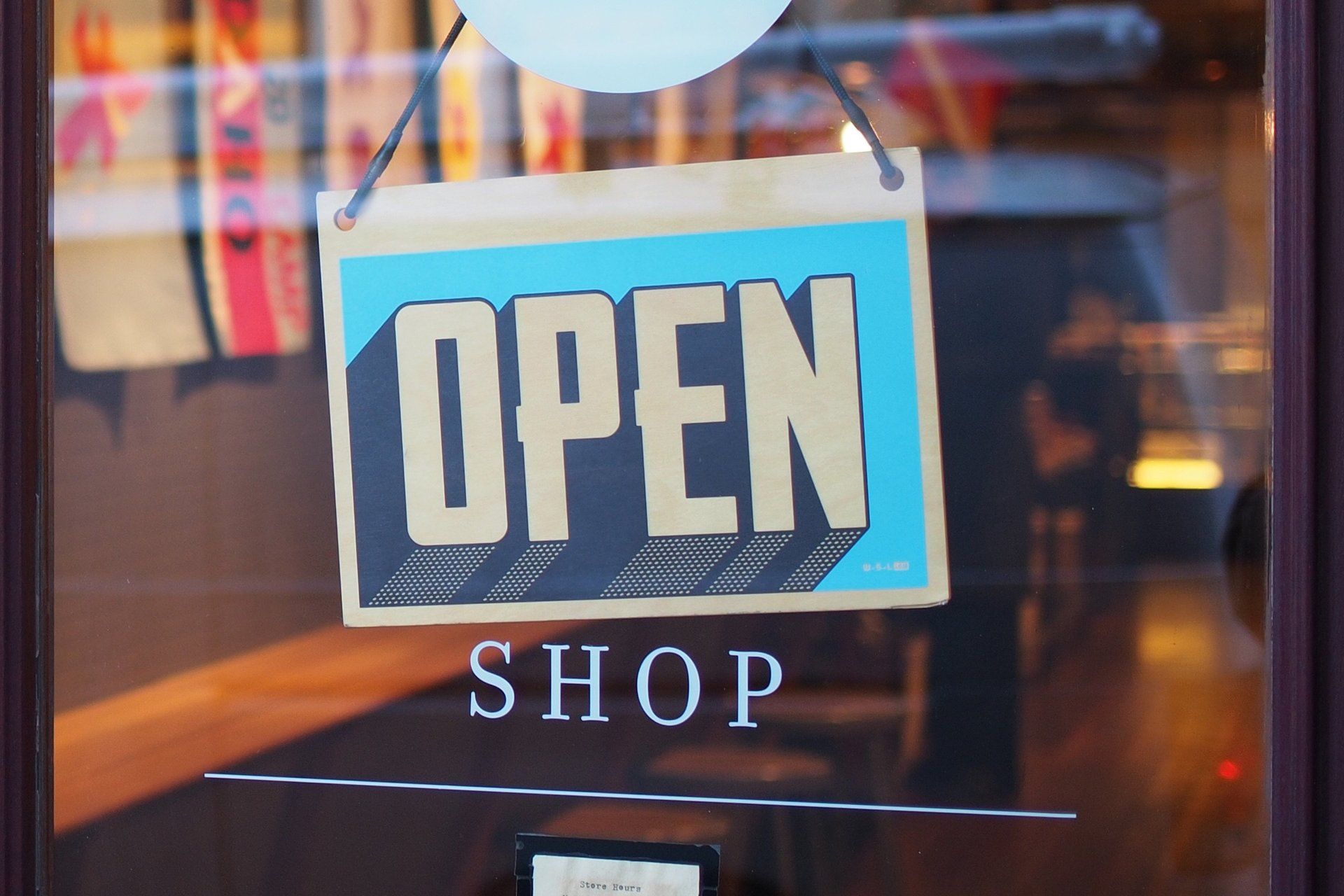
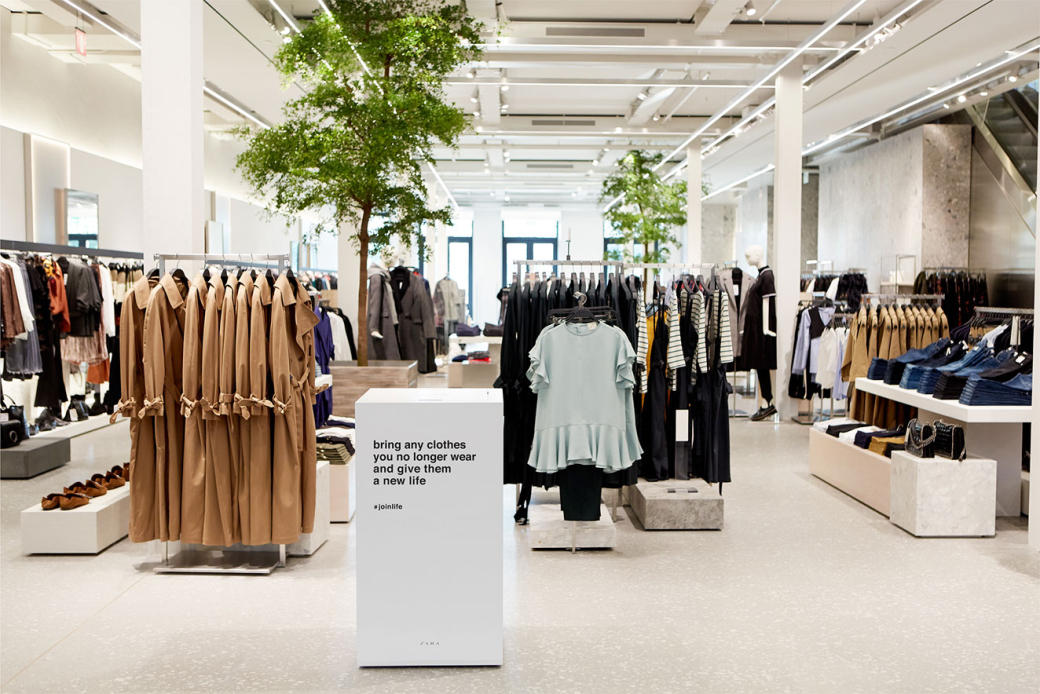
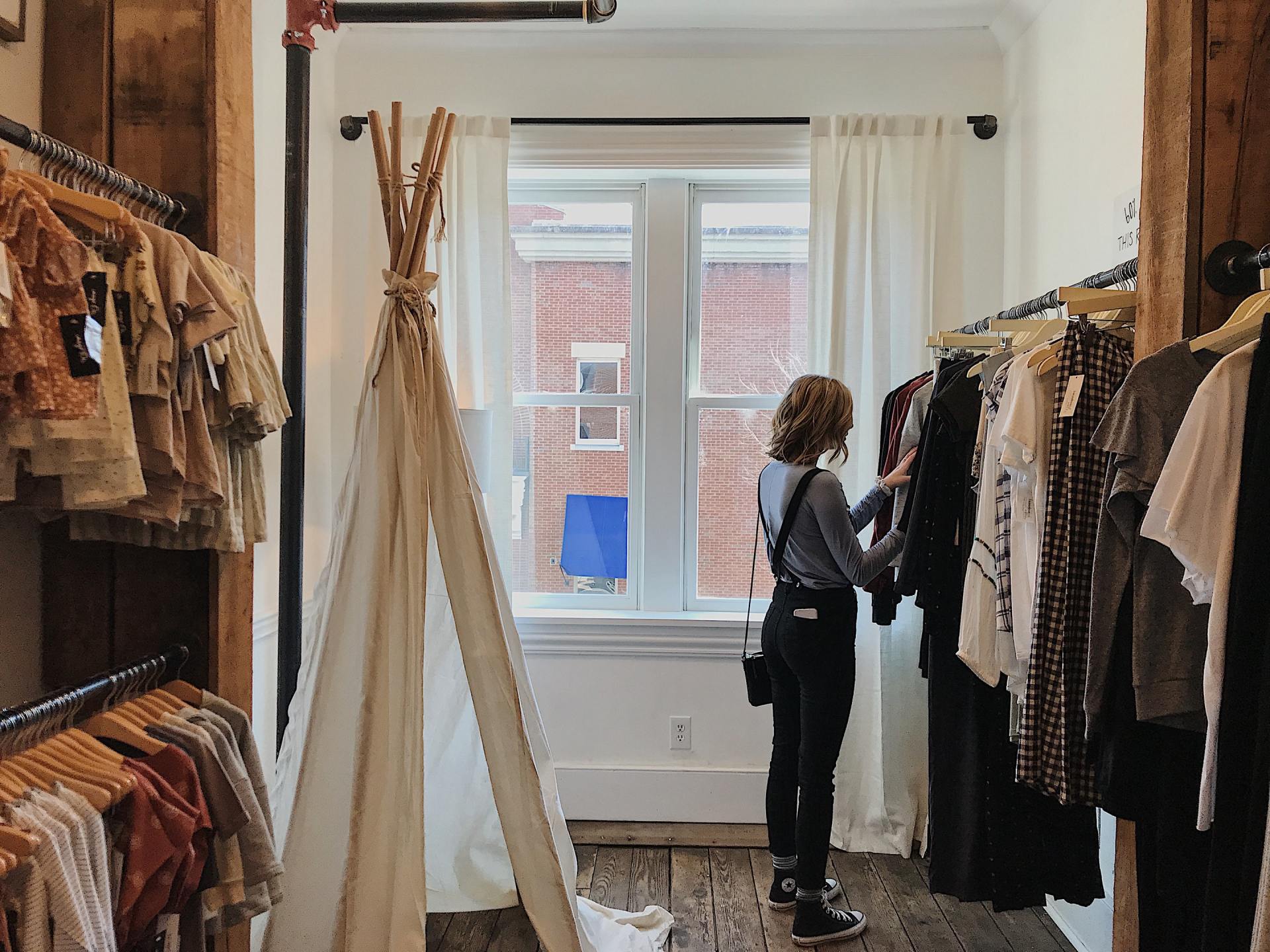
The Case For Convenience. How These Retailers Built Convenience Directly Into Their Brand Experience
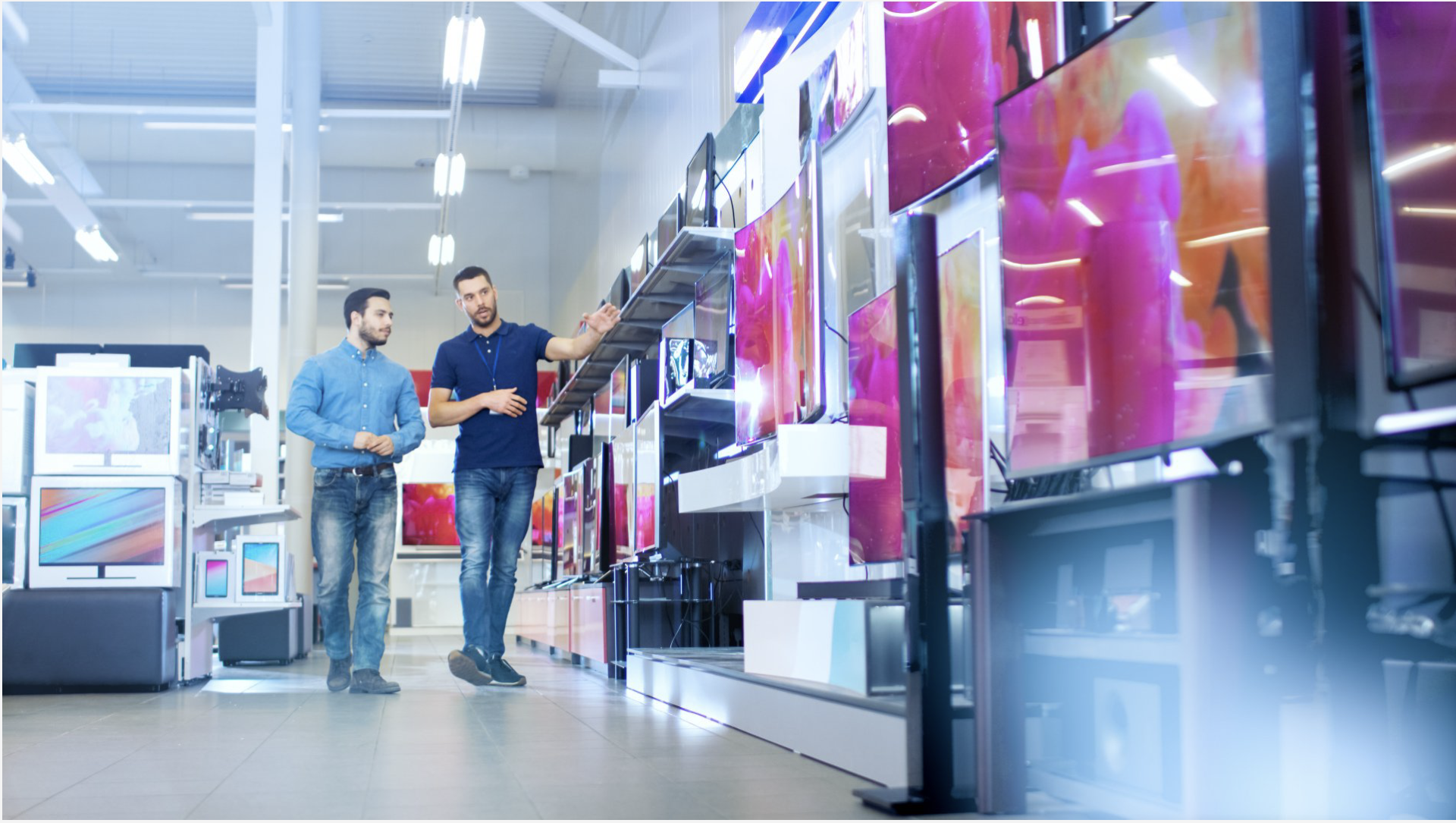
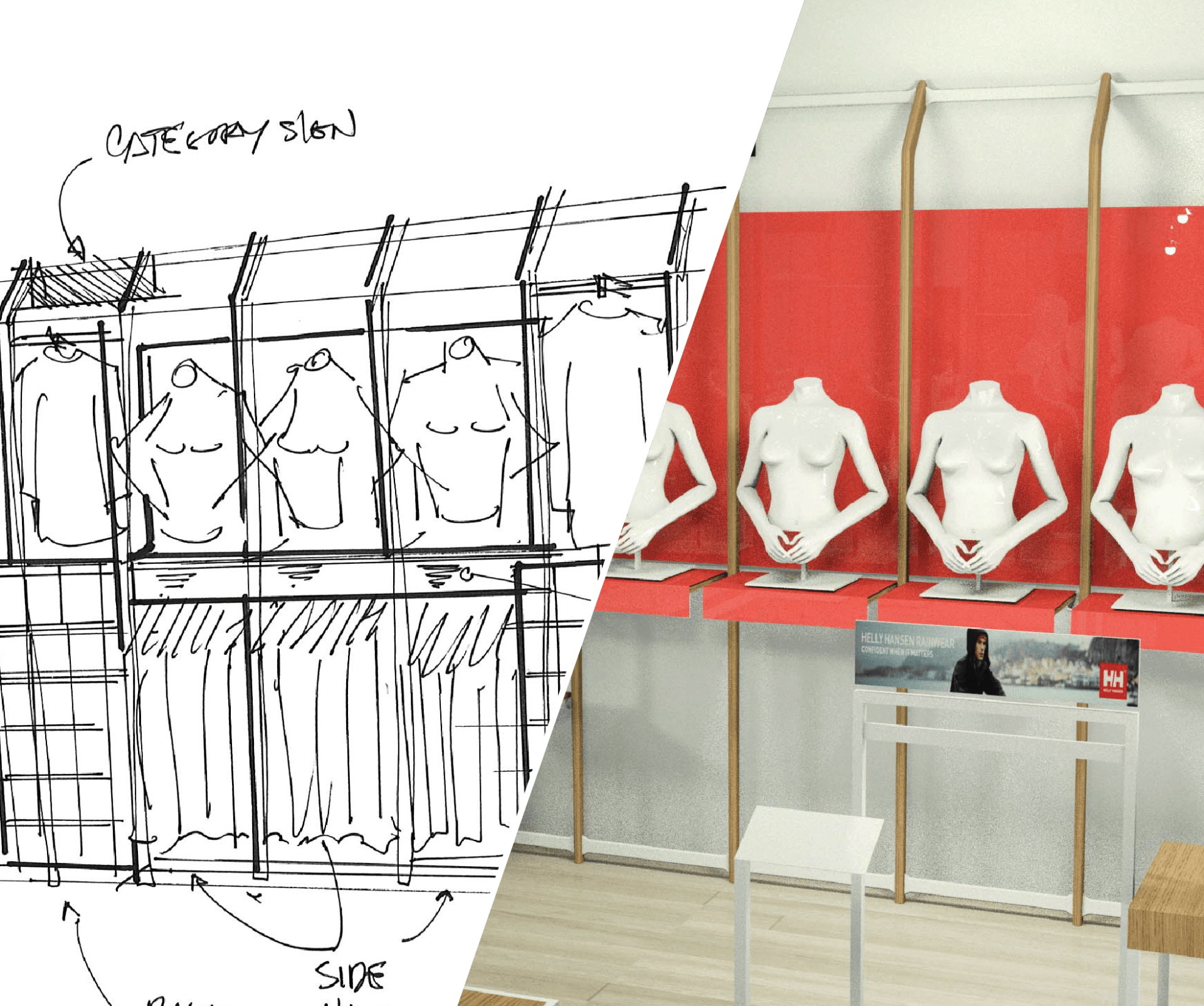
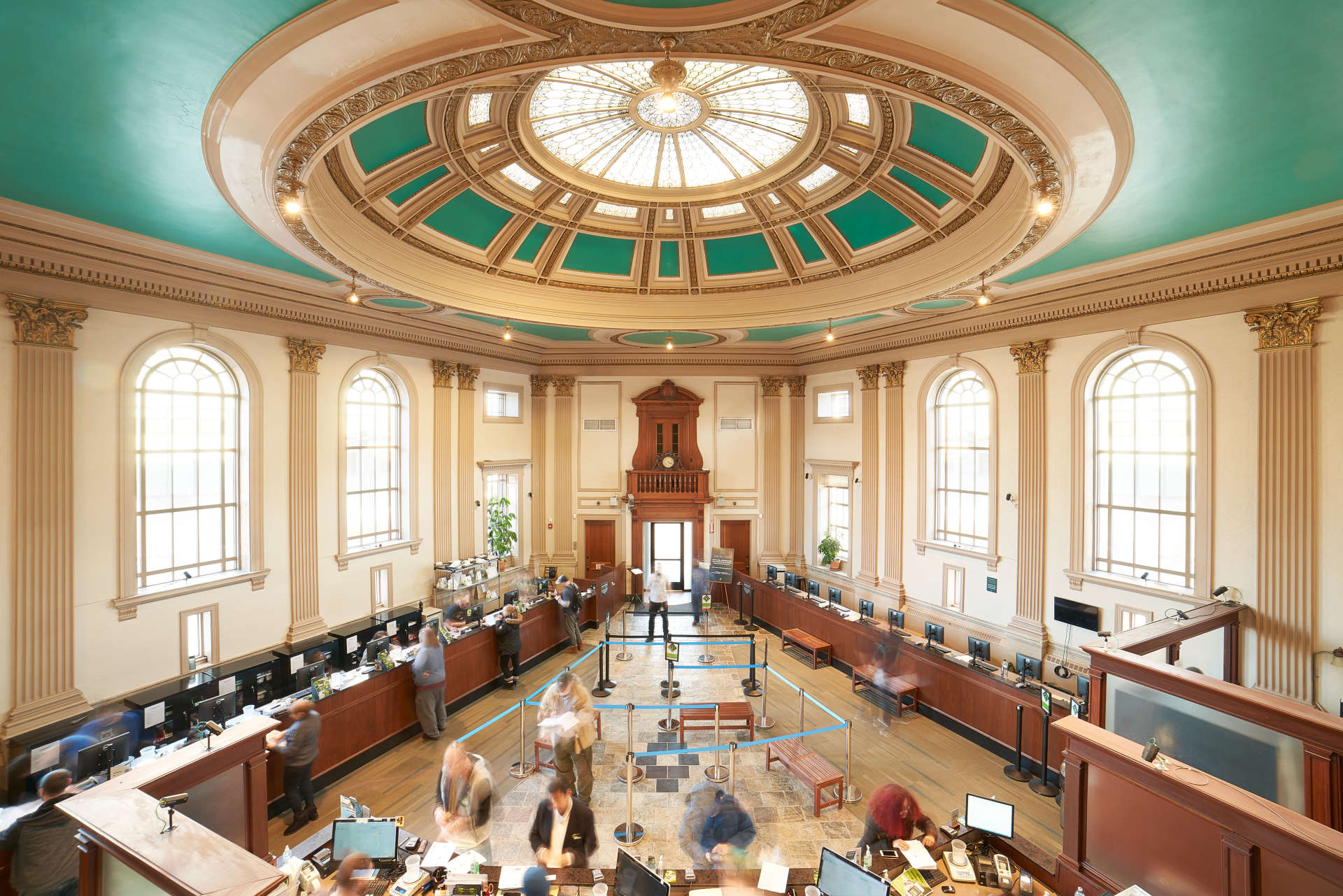
Experience strategy is much more than a buzzword. It’s a concept that can be approached from a number of disciplines: user experience (UX), usability, or customer experience to name a few. In retail, customer experience strategy could be seen as the impressions you want your customers to have as they travel through your store – from interest, to engagement, to purchase and beyond. Strategy refers to the fact that these experiences should be curated and aligned, and that all channels should be part of the same design. Retailers that have a defined experience strategy do so to improve customer satisfaction rates, increase revenues, and reduce customer churn.
How Experience Strategy Is Created
Perhaps your business already has an experience strategy, or maybe you’re creating or refining it. When creating an experience strategy, it always best to start with what you know – your detailed customer persona, a well-defined brand story, and existing pain points. Define your goals for how to create memorable experiences for customers and engage employees in telling the brand story. Among the goals of experience strategy are to enable responsive customer service, brand accessibility, and personalized interactions. Then make sure the customer experiences align throughout the business.
Some retailers bring in outside experts to spark this creative process, and others arrive at their strategy organically or through long study of the methodology. Usually it helps to have people with different perspectives on the business involved in shaping the strategy. Regardless, an overall strategy can be the difference between successfully incorporating experiences (think Apple or Warby Parker) and efforts that fall flat.
Aligning Your Retail Space with Your Experience Strategy
When the overall experience strategy is known and shared, all decisions can be guided by that vision, and the store can be designed to reflect and enable it. With each decision, from big to small, you can always refer to the overall experience strategy to apply creative thought to the solution. As the store, product offerings, and customer needs continue to evolve, you can respond in a way that creates a seamless and desirable experience for your customers and potential customers.
Retailers refer to their experience strategy when reinventing processes or solving issues. For example:
When a potential customer walks into a given shop, they may not be aware of the thought that went into their experience. When experience strategy is well defined, a customer should walk away with an awareness of the brand, engagement with the brand, and the feeling of having experienced something positive. That is the true value of experience strategy.





